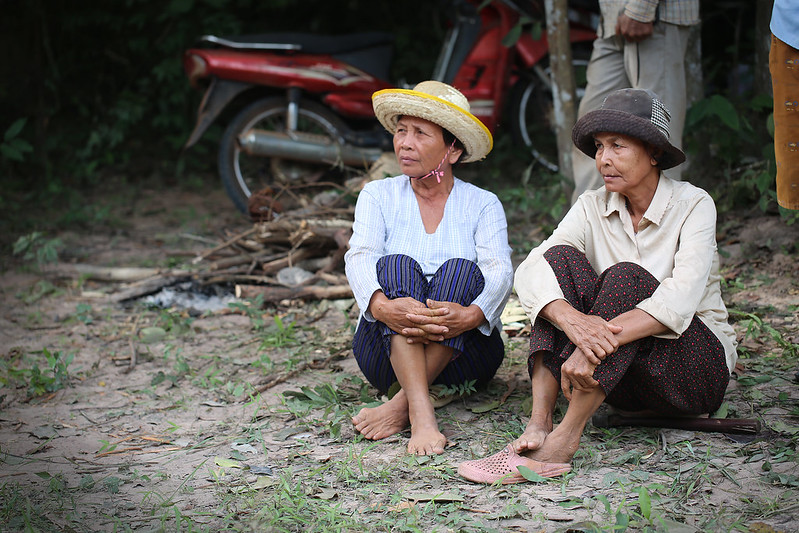How the World Food Programme Tackles Malnutrition in Honduras
 In Honduras, about 60% of the population lives in poverty. The country continues to face persistent challenges surrounding malnutrition, especially among children in rural and low-income communities. Food insecurity stems from multiple factors, including economic instability, climate-related issues and limited agricultural resources. As a result, many families lack consistent access to nutritious meals.
In Honduras, about 60% of the population lives in poverty. The country continues to face persistent challenges surrounding malnutrition, especially among children in rural and low-income communities. Food insecurity stems from multiple factors, including economic instability, climate-related issues and limited agricultural resources. As a result, many families lack consistent access to nutritious meals.
In response to this issue, the World Food Programme (WFP) has launched several initiatives aimed at improving nutrition and food access across the country. Its school meal program stands out as a key effort, ensuring that students receive nutritious meals to support their growth and learning. Below is a look at the WFP’s impact in Honduras, including statistics on malnutrition and the effectiveness of its school-based efforts.
Understanding Malnutrition in Honduras
Malnutrition is a very serious issue in Honduras, with 48% of the population suffering from malnutrition and about half of the children aged 2 to 6 suffering from anemia. Poverty plays a significant role in this problem, with the majority of the population living below the poverty line. Additionally, Honduras is also susceptible to extreme weather events such as hurricanes and droughts, which can also disrupt food production and supply chains. These economic and environmental challenges make food security a regular concern, leaving many families unable to afford or access nutritious meals.
The World Food Programme’s Efforts
The WFP works to alleviate hunger and improve food security throughout Honduras. Its efforts include emergency food assistance during natural disasters, nutritional support for vulnerable groups such as pregnant women and young children and longer-term programs aimed at strengthening local food systems.
The School Meal Program
Known as the Fresh Ration project, one of the WFP’s most impactful initiatives in Honduras is its school meal program. The program sources food from local farmers and delivers meals to schools across the country. In some areas, children also receive take-home meals to support family nutrition. The initiative has led to broader improvements beyond nutrition. For example, global WFP data reveal a 12% increase in girls’ school enrollment in areas where students receive daily meals.
The program continues to expand alongside the growing capacity of local food producers. As of 2025, the School Meals Coalition reported that the initiative serves 30,130 children in Honduras and sources food from 292 smallholder farmers. By supporting local agriculture while addressing child nutrition, the program contributes to both short- and long-term development goals.
Looking Ahead
The WFP’s efforts in Honduras, particularly through its school meal program, play a critical role in addressing child malnutrition and improving food security. Continued investment in these programs is essential to making long-term progress, especially in combating issues like childhood anemia. Addressing food insecurity requires collective effort across sectors. With sustained support and expanded outreach, WFP’s initiatives in Honduras could provide a scalable model for reducing malnutrition and improving economic resilience across the region.
– Joey Picolli
Joey is based in Boulder, CO, USA and focuses on Global Health for The Borgen Project.
Photo: Flickr
